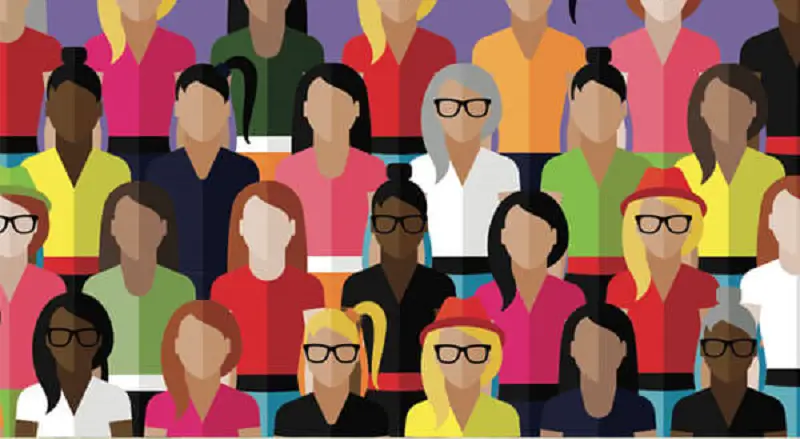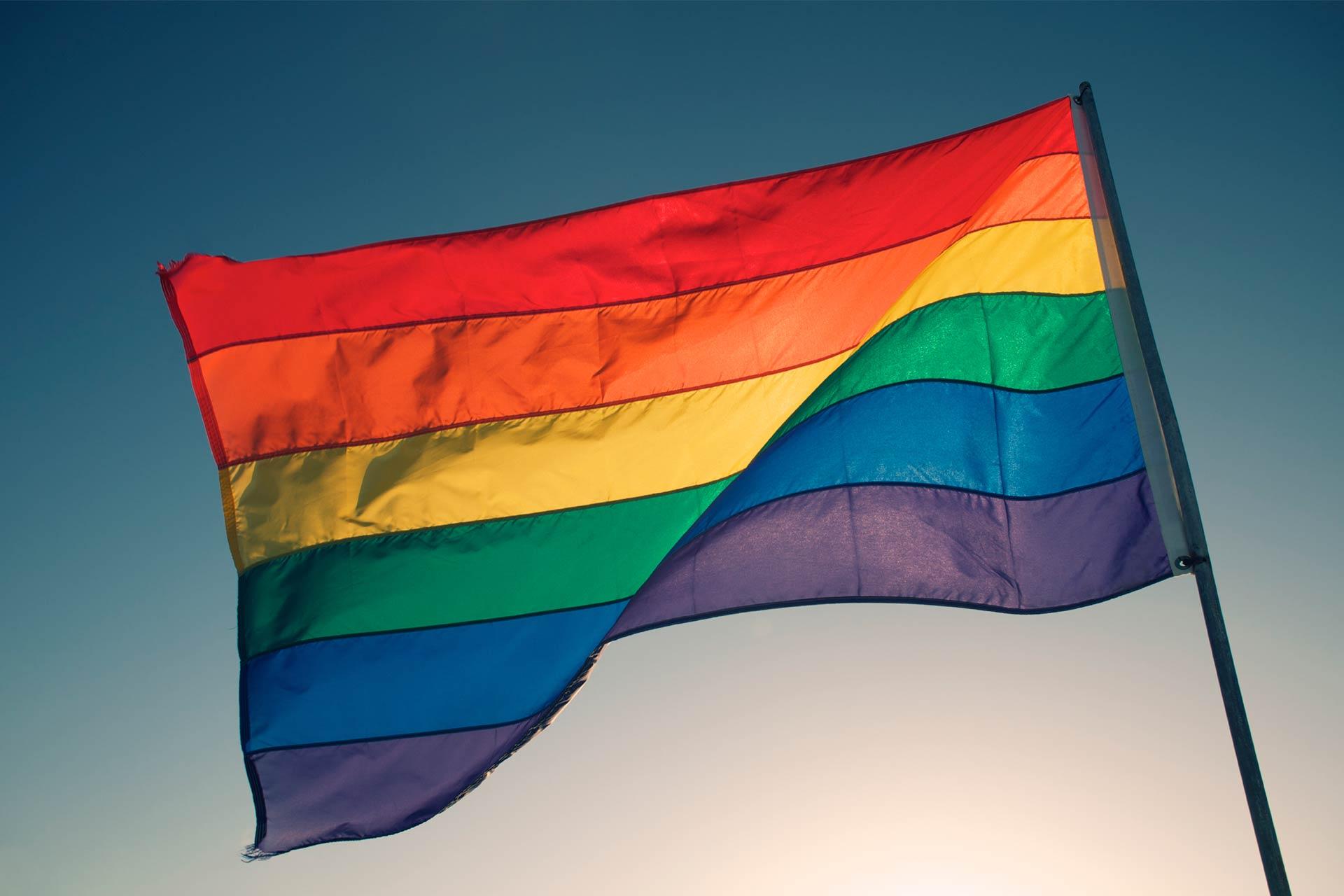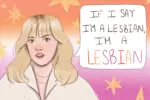As the LGBT world is becoming more noticeable to the general community, many have become more tolerant and understanding of people identifying as LGBT.
While there is still a long way to go, larger and more complex conversations about sex and sexuality has allowed a greater understanding and inclusion of those who do not conform to the binary gender system.
However, within the LGBT community itself, some people are still living in the shadow without proper agency and representation: the asexuality and ace spectrum.
1. What Is Asexuality?
Asexuality and ace spectrum identities have become the next frontier in terms of understanding the complexes of sexuality, yet myths continue to surround asexuality. In giving asexuality its proper understanding, one of the first myth we need to debunk is the conflation between celibacy and asexuality.
Many people believe asexuality is similar to celibacy in which you make an active choice in the act of not engaging in sexual activity. However, this is not the case.
Asexuality is a lack of sexual attraction and/or sex drive, and the two do not always correlate. It might shock many, but some asexual people have active sex lives and do so for various reasons.
Asexuality is more often about how one experiences sexual attraction rather than the sexual acts themselves. This means there are some asexual people who have sex, some who only have it to please a partner and some who actively enjoy sex.
Asexuals often define themselves in terms, such as sex repulsed, sex neutral and sex positive. Sex repulsed asexuals have zero interest in sex, dislike the idea of it and usually don’t have sex.
Sex neutral asexuals have no feelings toward sex and may have it if desired by a partner as well. Sex positive asexuals have positive feelings toward sex; however, it must be clearly stated these people still experience no sexual attraction.
Asexuals may also have a sex life due to having a high libidos, and it should be notedthat those who have low libidos do have to identify with asexuality.
2. What is Ace Spectrum?
Even though the understanding of general community of asexuality is very limited, it is still a miracle compared to that of ace spectrum. In short, ace is a shorthand word for asexual, and ace spectrum simply just means the asexual spectrum.
People who consider themselves ace spectrum don’t fall within the clear-cut boards of sexual attraction and no sexual attraction. Instead they reside in this mixed area of sexuality, labeled ace spectrum.
People within the ace spectrum come up with there own terminology in order to understand the complexities of their identities.
These terms include demisexual (people who only experience sexual attraction after a bond is formed), grey ace (people who’s experience weak forms of sexual attraction), cupiosexual (people who experience no attraction but still desire to have a sexual relationship for multiple reasons) and lithsexual (people who find that there sexual attraction to some fades after it is reciprocated).
These terms are some of the few ace spectrum identities out there today.
Some people may find all these terms unnecessary micro labeling, for many these labels are incredibly helpful to an accurate understanding and representation of their sexuality, especially those asexual and ace spectrum people whose romantic or gender identity fall into other areas of the LGBT+ community.
Understanding the complexities of their identity gives them a sense of wholeness and puts them ease. When you go your entire life questioning your own sexuality and not finding correct terms for it, a label that rings true to you and actually makes sense can be extremely empowering.
3. To Include or Not to Include?

One of the most current LGBT+ issues though is whether asexuals in there own right or only trans/intersex/non-binary or those experience SGA (Same-Gender-Attraction) should be allowed into the community. This debate has largely happened on social media sites such as Tumblr and has been labeled “Ace Discourse.”
A scroll through the Ace Discourse Tumblr tag will reveal to you the vast range of ages, orientations and genders of those debating this subject. There are two sides of this discourse, ace exclusions — those who wish to keep ace people out of the LGBT+ community, and ace inclusions — those who wish to have ace people in the LGBT+ community.
From the inclusion point of view, asexual and ace spectrum people belongs to the community simply they identify as other then straight. For those inclusionists, the LGBT+ community is about welcoming anyone who do not find their representative in the conventional binary system of sexuality and gender rather than the strict adherence to any category of sexuality.
They also find that straight culture rarely accepts asexuals as their own. According to their criticism, exclusionist are attempting to either turn asexuality into a modifier or add on to a sexuality rather than accept as a sexuality of its own.
The exclusion point of view argues that aces who identify as heteromantic asexuals are straight by default and as such have no place within the LGBT+ community. They also argue that asexuality does not experience enough oppression to classify as part of the community, and that “straight” or “Cishet” aces will end up stealing from LGBT+ limited resources.
4. Which Term to Represent?
Certain language asexual people use to describe their sexuality also comes under fire as the debate to exclude them from the community continues. For example, ace exclusionists object to the word “allosexual,” which is a term used by asexual people to describe non-asexual people, since it lumps LGBT+ in with straight people.
This is synonymous to putting the same label to the oppressed and their oppressors and by no means acceptable to those who have struggled so much just to have their love recognized by law. However, this argument can be seen as hypocritical when so many exclusions themselves lump asexuals and straight people together.
Another term under heavy fire is the new acronym MOGAI (marginalized orientations, gender alignments, and intersex). To many LGBT+ people MOGAI has become a short-hand to LGBTQIAP+ and is more inclusive since it represents people beyond LGBT.
That being said, many ace exclusionists fear this term erases the LGBT part of the community and will end up allowing more of whom they consider “straight” or “cishet” into the community. They also fear that the use of such term will allow the open admission of pedophilias into the community.
While these arguments are certainly valid to an extent, it does not seem that was the intention behind the word MOGAI. Rather, it was to create a more inclusive term to encourage those who do not considered themselves either straight or LGBT. This is not for asexual issues alone; the LGBT term fail to represent many intersex, pansexual and other queer identifying people.
While these debates still rage on with no clear end in sight, it’s important to remember that many LGBT+ organizations openly agree that asexuals and ace spectrums are apart of the LGBT+ community. Internet debates have their place, but for asexuals and ace spectrums, they have found their much desired acknowledgement.
The Trevor Project, GLAAD, LGBT+ hotlines and Pride Events celebrates all have asexuals and ace spectrum as members of the community. There are even sites, such as AVEN (The Asexual Visibility & Education Network), dedicated to helping struggling asexuals and ace spectrum people.
So while yes, some LGBT+ disagree with the categorization of asexual and ace spectrum, the community at large overwhelmingly welcomes them with supporting hands.

















